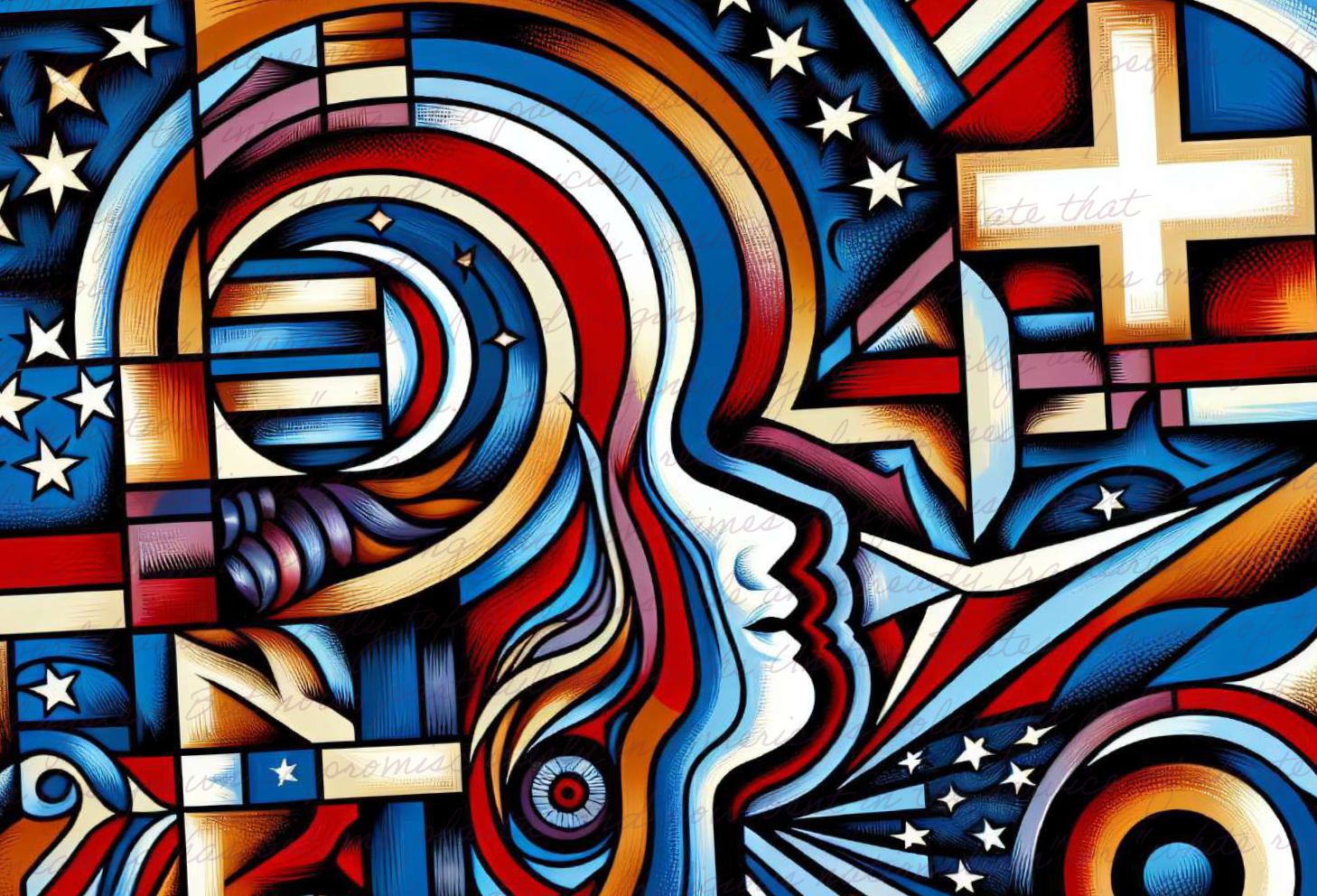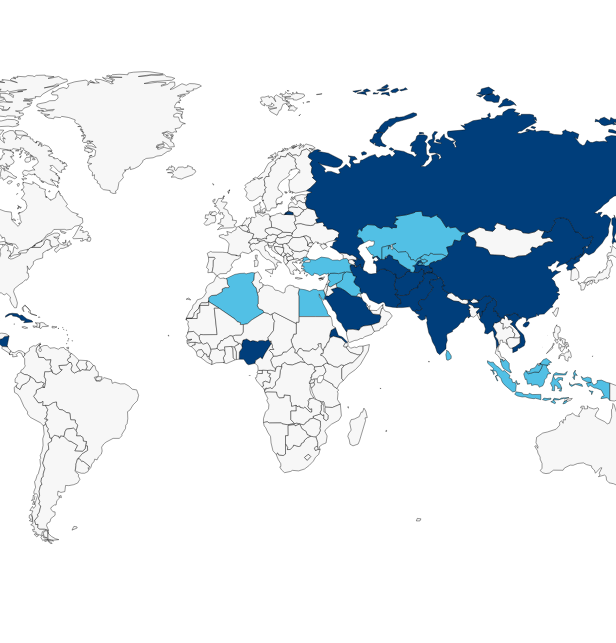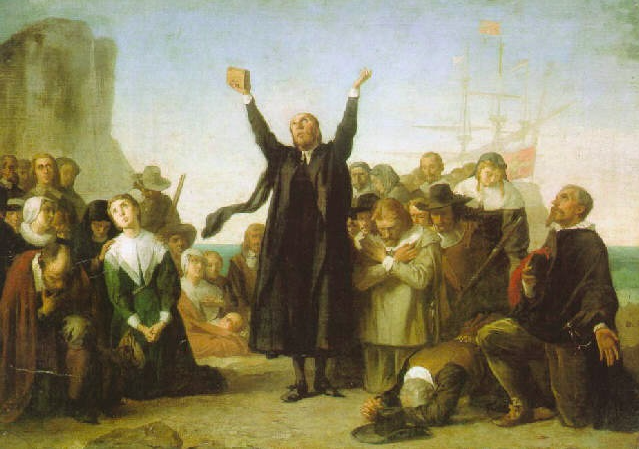Join us as we begin a series of posts focusing on the prioritization of religious freedom in American law and culture. This week our discussion focuses on religious freedom in the twentieth century up to the present and was being initiated with Ken Starr’s post “Shifting Applicability: A History of Judicial Approaches to Free Exercise.”
By: Robert Tuttle
Judge Starr’s post provides a succinct review of the history of religious exemption laws, and lays out the strongest rationale for a system of judicially controlled, fact-based exemptions. As he explains, Congress passed the Religious Freedom Restoration Act (and subsequently the Religious Land Use and Institutionalized Persons Act) because it recognized that laws may impose significant burdens on religiously motivated conduct, even if the legislators harbored no animosity toward the burdened adherents. So Congress adopted a regime that instructs government officials and courts to consider such burdens, and exempt religiously motivated conduct unless the exemption would threaten public values of the highest importance.
Stated in the abstract, the account is quite attractive. But the abstraction masks deep—and irremediable—flaws with the regime of individualized exemptions for religion. These flaws implicate aspects of religious liberty that are no less fundamental than the concern with religious flourishing that Judge Starr invokes.
First is the structural limitation on state competence to judge matters of religious faith, a limitation embraced by the Court in Hosanna-Tabor (2012), and more fully explicated in a Chip Lupu’s and my forthcoming book, Secular Government, Religious People (2014). Under the Sherbert-RFRA system of exemptions, claimants must allege that a government rule or action has imposed a “substantial burden” on conduct motivated by “sincerely held” religious beliefs. Even if judges are able to assess a plaintiff’s sincerity (to which I return below), the “substantial burden” inquiry is fraught with constitutional peril. How can a court decide when a burden is “substantial”? Hobby Lobby offers a helpful example. Those who oppose Hobby Lobby’s claim assert that the plaintiffs have experienced very little burden. To begin with, the law merely requires plaintiffs’ corporate entity to enter a contract with an insurance company; they are not directly subsidizing contraceptives, encouraging contraceptive use, or in any other way even remotely involved in what one might think are the acts they find objectionable. Moreover, the plaintiffs have the option of dropping insurance coverage for their employees, and paying the $2,000-per-employee required subsidy. In response, plaintiffs claim that they alone can determine the religious significance of particular acts, and believe any involvement is offensive, while dropping coverage is a religiously objectionable alternative.
The plaintiffs’ argument on this point is persuasive. Courts have no business telling plaintiffs what their faith tradition requires. Imagine if the parties had presented rival experts in moral theology, offering testimony on what constitutes “material cooperation” with another’s immoral act. By what standard would the court decide the correct interpretation? Thus, in most cases, the “substantial burden” component will be controlled entirely by the plaintiffs’ pleadings. If their counsel properly links their beliefs with the burden, the government should be unable to offer any rebuttal.
But that judicial incompetence has a necessary correlate: in most cases—as Justice Scalia observed in Employment Division v. Smith—the religious plaintiff will effectively be a “judge in his own case.” Assuming that the law carries some penalty, the plaintiff will automatically put the government to its proof—that the exemption must be granted unless doing so would threaten “compelling governmental interests.”
But that brings us to the second problem. If the “substantial burden” element ceases to be a meaningful part of the analysis because of limited government competence in religious matters, then a fact-based system of judicial exemptions is likely to threaten the principle of equality—both among religious faiths, and between religion and non-religion. Faced with the specter of granting a raft of religious exemptions, courts may well be tempted to impose their own ad hoc limitations, perhaps through the element of sincerity. These ad hoc judgments are likely to have an adverse effect on less-recognized faith groups (as American-Indian religious claims faced during the 1980s), or simply result in a patchwork of unprincipled and unpredictable contextual judgments.
Even if we assume that the system would produce a consistent and wide-spread practice of religious exemption from general laws, we confront another issue of equality: what is it about religious practice that deserves protection, when equally sincere claims of non-religious conscience would receive no protection? When the Court confronted similar issues with Vietnam-era draft exemptions, it ultimately extended the scope of protection to all deeply-held convictions, not just those that fit within any traditional notion of religion. It’s hard to imagine Congress or the courts doing the same with RFRA or other generic religious liberty statutes, but the privilege for religion demands more justification than anyone has yet offered.
Robert Tuttle is the David R. and Sherry Kirschner Berz Research Professor of Law and Religion at the George Washington University Law School, as well as professor of Religion in the university’s Columbian College of Arts & Sciences.
This piece was originally authored on June 2, 2014 for the Religious Freedom Project at Georgetown’s Berkley Center for Religion, Peace, and World Affairs.
THE RFI BLOG

Myths of Religious Nationalism in America and Abroad

France’s Olympic Hijab Ban Violates International Law And Exacerbates Tensions

RFI Briefs USCIRF on Lessons from 25 Years of U.S. Designating Religious Freedom Violators

Thought Police: Protecting the People from Prayer

A Religious “Delaware”: Establishing a State Haven for Religious Corporations
CORNERSTONE FORUM

Challenges to Religious Freedom in Iraq and the Critical Need for Action

Public Bioethics & the Failure of Expressive Individualism

Religious Liberty in American Higher Education

Scotland’s Kate Forbes and the March of Secularism


